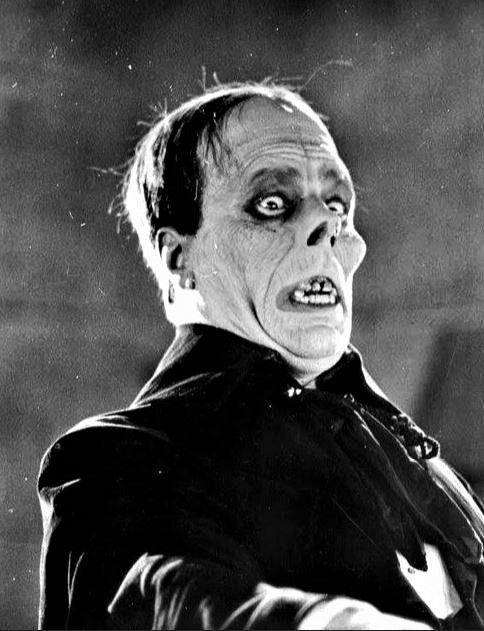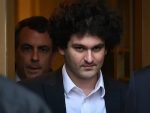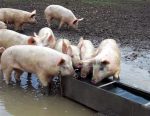What do you think happened in a story with this headline, “Montana Man Pleads Guilty to Creating Massive Franken-Sheep With Cloned Animal Parts”? Oooh, Franken-Sheep and animal parts…were they importing chopped up bits of animal corpses and stitching them together to make monster sheep? The story continues:
An 80-year-old man in Montana pleaded guilty Tuesday to two felony wildlife crimes involving his plan to let paying customers hunt sheep on private ranches. But these weren’t just any old sheep. They were “massive hybrid sheep” created by illegally importing animal parts from central Asia, cloning the sheep, and then breeding an enormous hybrid species.
The “animal parts” are whole, intact embryos of Marco Polo sheep, a very large species, and then raising them to adulthood. He was basically smuggling in embryonic sheep, nothing particularly radical scientifically.
Once Schubart had smuggled his sheep parts into the U.S., he sent them to an unnamed lab which created 165 cloned embryos, according to the DOJ.
“Schubarth then implanted the embryos in ewes on his ranch, resulting in a single, pure genetic male Marco Polo argali that he named ‘Montana Mountain King’ or MMK,” federal authorities wrote in a press release.
Then they collected semen from the adult sheep, and crossed them to domestic sheep, again, not at all radical scientifically. Somebody tried to jazz up the story with talk of animal parts and Franken-sheep, when it’s really a story about illegally importing an endangered species from its native range, and hybridizing them to produce a stock for profit. The story is bad enough without stuffing it full of misleading pseudoscience.
At least the guy behind the scheme got his comeuppance.
Schubart pleaded guilty to violating the Lacey Act, and conspiracy to violate the Lacey Act, which makes it a crime to acquire, transport or sell wildlife in contravention of federal law.
“This was an audacious scheme to create massive hybrid sheep species to be sold and hunted as trophies,” assistant Attorney General Todd Kim from the Justice Department’s Environment and Natural Resources Division said in a press release.
“In pursuit of this scheme, Schubarth violated international law and the Lacey Act, both of which protect the viability and health of native populations of animals,” Kim continued.
Yeah, and that’s the extra ugly twist here. They weren’t doing this to help the species — they were raising great big sheep on ranches so big game hunters could pay big money to shoot a large animal. On a farm. You know, real sportsman-like.












